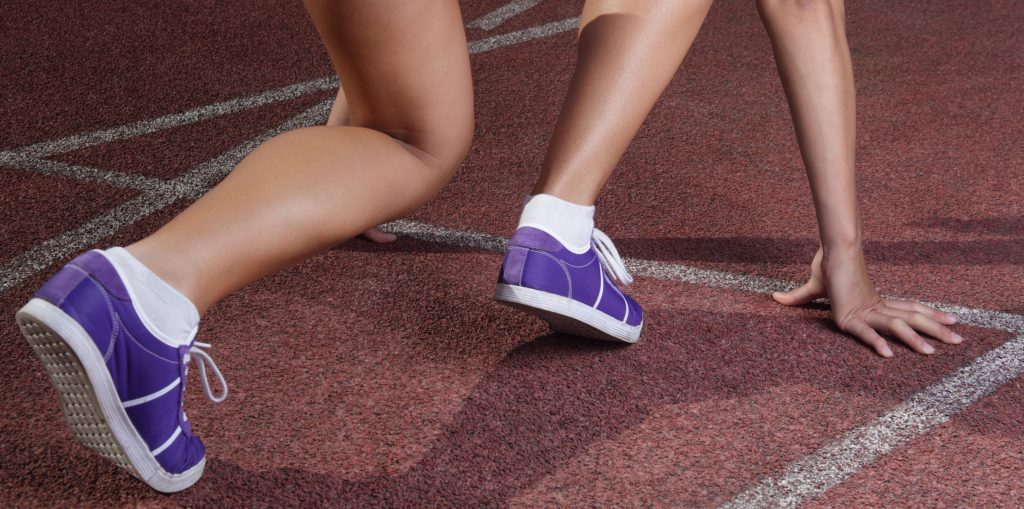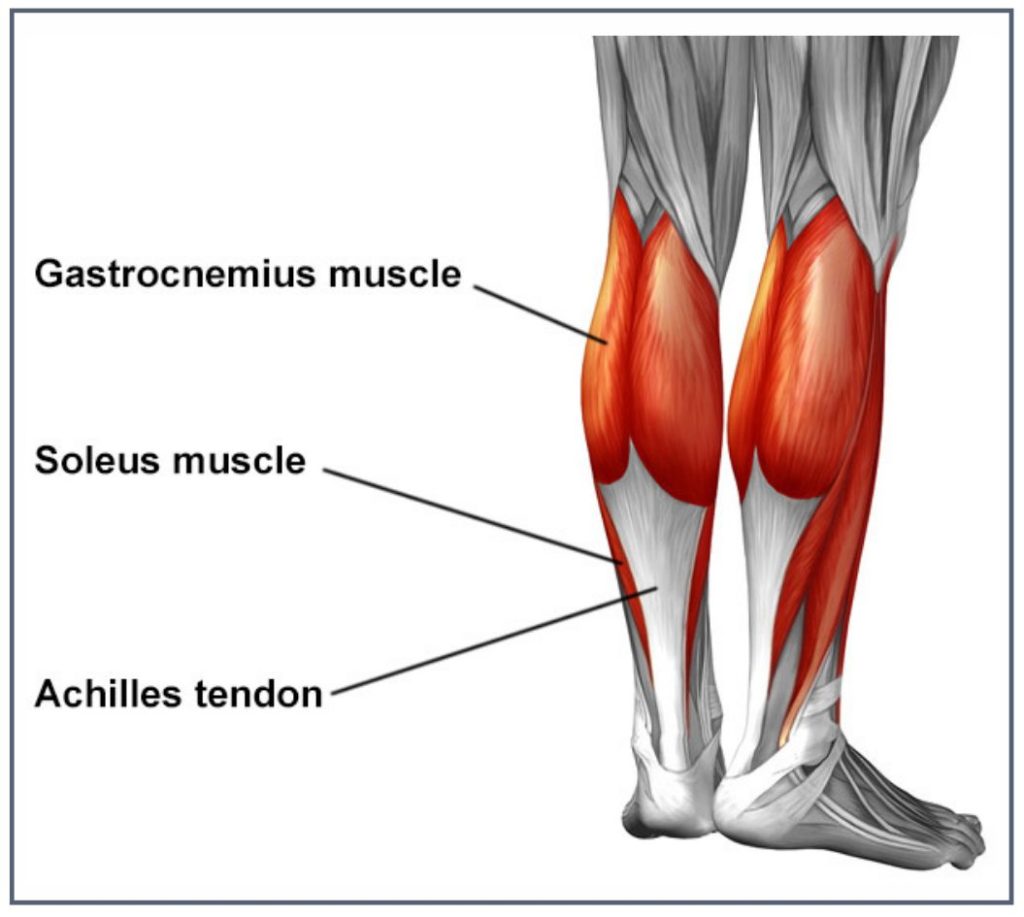
What Is Achilles Tendinopathy?
The Achilles tendon attaches your calf muscle to your heel bone. It is the largest tendon in the body, and the reason it is so big is because it takes a huge amount of load and tension as you push off your toes during exercise like running and jumping. For example your calf/Achilles complex takes up to 6-8 times your body weight during easy running!
Tendons are much more than just “ropes” that your muscles pull through to produce movement at your joints. They have a huge role to play in energy absorption, storage and return – just like a very stiff rubber band when your stretch it and then release it. In your Achilles, as you land on your foot (eg during running) a lot of the stretching force that goes through your ankle gets stored in your Achilles. Then, as you move forward in your stride and push off your toes, this energy that was stored in your Achilles is released to help push you off the ground and move forward.
Given the large forces that are loaded through your Achilles during running, it’s not surprising that Achilles Tendinopathy is a common running-related injury. Achilles tendinopathy is when the tendon becomes irritated and painful. It some cases a degree of inflammation is present. However in many cases there is little or no inflammation, and this is why it is now called a tendinopathy rather than a tendonitis (because “itis” indicates that there is a significant inflammation going on, eg an inflamed tonsil is called tonsilitis).

What Causes Achilles Tendinopathy?
Achilles tendinopathy is usually caused by increasing the load put through the tendon too quickly, for example increasing your running volume too quickly, or getting back into running after a break due to injury or holiday. Having weak calves, for example after having to reduce exercise for a while following an injury, is another important risk factor. There are other factors that can influence your chance of having an Achilles injury, for example running gait and foot position, however training volume and calf strength are the most common factors that our physios see in our running clinic.
Treatment & Exercise For Achilles Tendinopathy
A critical first step in managing Achilles tendinopathy (almost any tendinopathy actually!) is load management. Load management means adjusting the amount of load, or force, that is put through the tendon during activity. For runners, this usually means adjusting the number of kilometres they are running each week, as well as sometimes tweaking their speed and hills during their runs.
It’s important to note that running does NOT have to be pain-free while you rehab your Achilles. If you don’t feel any discomfort at all, this often means that you’re not putting enough load through your tendon. Remember, a key recovery factor for Achilles is to increase calf strength, and if you completely avoid pain this usually means you’re not putting enough load through your calf/Achilles complex to regain strength. The research shows that it is completely ok, and in a way desirable, to feel some discomfort during your rehab.
So, how much pain is too much? Our running physios use a pain scale of 0 – 10, with “0” being no pain and “10” being agony. The research shows that getting pain to a level of 2-3/10 during running and your rehab exercises is fine, as long as it settles fairly quickly afterwards. Also, we don’t want to stir up more morning pain, so you shouldn’t feel that mornings after your runs are any more sore than other mornings. So, as a general rule, it’s ok to feel discomfort up to a 2-3/10 pain level during your running and your rehab exercises.
Plyometric Or Strength Exercises For Achilles Tendinopathy?
As well as load management (discussed above), initial and mid-stage Achilles rehab generally focuses on progressively heavier calf raises. This builds calf muscle strength and improves the quality/strength of the tendon. However, later on in the rehab process it is important to also add in exercises that require the tendon to store and release energy. This utilises and improves the “stretch shortening” cycle of the tendon, and this is a key requirement for running.
Plyometric exercises are designed to train this stretch-shortening capacity of the tendon and muscle complex. They are often not done well, or at all, when people are managing Achilles tendon problems. Unfortunately this means that while the overall strength of the tendon-muscle complex has been improved by doing the typical calf raise type exercises, the tendon hasn’t been exposed to the high-speed loading that occurs during running and jumping, so the client has ongoing pain and reduced exercise/running/jumping capacity.
Which Plyometric Exercises Should You Use For Achilles Tendinopathy?
The video below shows a pogo progression for Achilles tendinopathy management. We use it with a lot of our runners in the mid-late stage of their rehab program, to help increase their running capacity by exposing the tendon to plyometric-type loading in a controlled way.
Physio For Achilles Tendinopathy In Runners
If you need help with treatment for Achilles tendinopathy our running physios are here to help. Feel free to call us on 9280 2322 to chat to one of our team to see how we can help you, or click below to contact us or book online.

